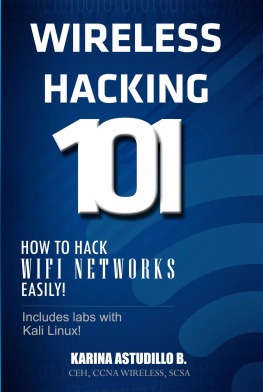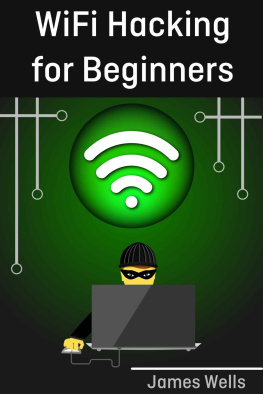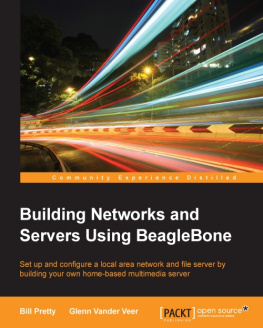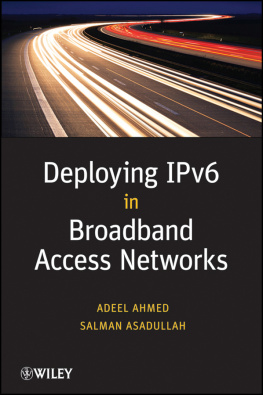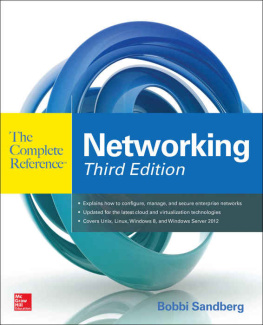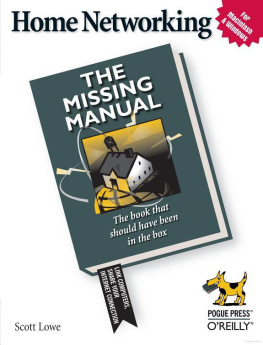Data Communication Course by Simon Sadbury
Infrastructure of Internet
Thursday, 16 April 2015
Data Communication A Book authored by Professor Simon Sadbury
Data Communication Book; authored by Dr Simon Sadbury, City College Norwich, University of East Anglia (simonsadbury@yahoo.com).

How Routers control the flow of traffic over the Internet:
Before we understand how routers control the flow of traffic over the Internet we need to know what a packet is. The packet is 1500 Bytes of data. It has the destination address, the senders address and the place of the packet in the whole message. For example when you send an email message over the Internet it is broken into many packets and its packets may go in different routes or in the same route depending on the routers decision.
The router looks at every packet of data and examines its destination address. Then the router looks into its configuration table to know which way it sends the data. The router also checks the performance of every route and sends the packets in the less congested routes or in other words the best possible route.
The routers are connected together in a network called packet switched network. So when the packets of data are sent they are managed by the routers such that they flow in the best routes. The packets of a message dont necessary travel together via the same routes. Each router decides where to send the packet and what the best route to send the packet to.
The routers are different in size. For example we have in our homes small routers which can manage our small local area network while there are back-bone routers which are able to handle millions of data packets; shown in Fig. (1), a back-bone router.

|
Fig (1): Fujitsu backbone router (courtesy of howstuffworks.com) |
Probably now we can understand why a telephone call is much more expensive than sending an email message or having a video conversation via Skype. In a telephone conversation we need to have a stable circuit between party A and party B. This stable circuit may involve copper cables, satellites and fibre optic cables. While when we send an email or even have a video conversation on Skype our data are sent in packets. These packets are sent via different routes depending on the traffic. In other words, we do not need any stable circuit to transmit the data.
Subnet Mask:
Routers use subnet mask in every packet to know whether the receiver of the packet is inside the local network or outside. For example, if computer A whose address is 23.43.41.155 sent a packet to computer B whose address is 23.43.41.146 then when the router looks at the subnet mask and finds that the first three groups of numbers are shared between computers A and B then it realises that both computers are inside the local network and keeps the packet inside the local network. But if the first three numbers in the subnet mask is different than the first three numbers of computer A then the packet has to be sent outside the local network.
Tracing Your Packets:
You can trace the packets sent to your computer from a web server you are viewing. You go to MS-DOS and write:
tracert
then follow it with the web address. In other words, assume that you are reading the news at BBC web site then write at the MS-DOS:
tracert www.bbc.co.uk
next press return. Then the DOS window will display all the routers between your computer and the BBC web-server including your home router. It also displays the time the packets take from one router to another.
IP-address:
The IP address is a logical address. Every device on the Internet has an IP address. Your Internet Service Provider gives you a dynamic IP address which changes each session.
The IP address looks like this:
212.13.0.255
In other words it is 32 bit long. Each byte is represented by a decimal number from 0 to 255 ( 2 =256).
Each web site has a static IP address which will be shown by the tracert instruction. For example the IP address of www.bbc.co.uk is 212.58.244.69 (please try to check it on your computer).
MAC address:
The MAC address is a physical address which is fixed for each device. For example a MAC address may look like this:
00-1C-BF-AF-18-BC
This MAC address is 6-byte long which is written in Hex numbers. Each two Hex numbers represent one byte. The first 3-bytes represent the manufacturer of the device and the second 3-bytes represent a unique number for this device.
You can try on MS-DOS another exercise by typing+
ipconfig/all
and you will find out that you will have the IP addresses of your router, DHCP server, DNS server and MAC address of your NIC card (Network card). If you have a WiFi device then you will have its MAC address as well.

|
Fig. (2): A Modern Ethernet Network using Radial Topology (coutesy of howstuffworks). |
I may add that the Ethernet network shown in Fig. (2) has Ethernet hub. This hub represents the old legacy and can cause collisions and congestion. It is put here as an example for the old legacy Ethernet. Hubs or Bridges should be replaced by switches to have a collision free Ethernet.
Domain Name Servers-DNS Servers:

|
Fig (3): DNS servers get for your browser IP addresses by communicating between each other (courtesy of howstaffworks.com) |
DNS servers are used to replace the human like web addresses with IP address. In other words, if you like to see my lectures you may write www.blogger.com which is a human like address. The web server ( www.blogger.com ) that carries my files can't understand this language. It can only understand digital language i.e. 0 & 1. The IP address as I explained before in a previous lecture is 32 bit binary number divided into 4 octets which are separated by dots. Each octet is 8 bit long. Each octet is represented by its decimal equivalent whose range is from 0 to 255. For example the IP address of www.blogger.com is 173.194.67.191; so this is the IP address your DNS server will get for your browser to enable it to communicate with the web server that carries my files. Once your browser connects to the web server it will get my files. In fact if you put this IP address of www.blogger.com you will get the same result. How did I get this IP address? I wrote in the DOS window tracert www.blogger.com and pressed return. Then it gave me the IP address and also displayed all the hops or all the routers between my computer and the web server that carries my blogs. The number of hops is 10. You can try it yourself and see how many hops you will have until you reach the blogger server.
If you are connected to a router you will have a DNS server aboard which will try to find for you the IP address you are looking for. Usually it contacts the DNS server of your Internet Provider which will try to find for your browser the required IP address to enable it to contact the web server which carries the files or the web pages you are looking for.
The Types of DNS Servers:
Next page


